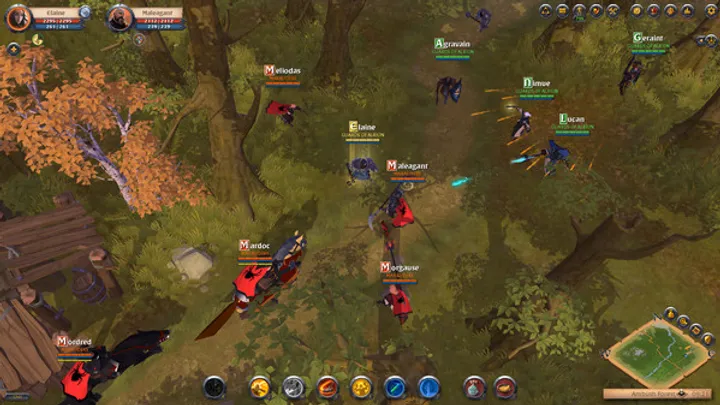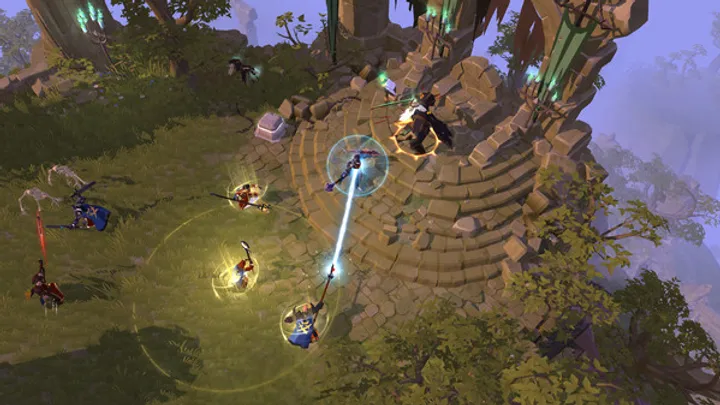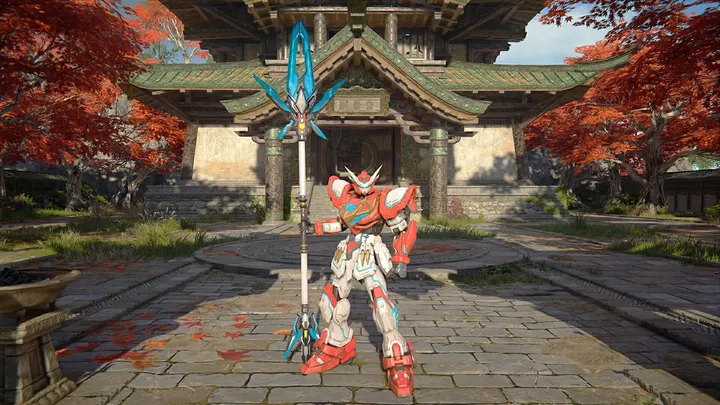Since its release, Genshin Impact has captured millions of players with its open-world exploration, stunning visuals, and gacha-driven character system. Yet, beneath the breathtaking scenery and exhilarating combat lies one of the most debated aspects of the game: the Resin system. This stamina-based resource regulates how much valuable content a player can farm daily, from artifacts to bosses and weekly rewards. In this article, we’ll take a close look at the evolution, strengths, weaknesses, and potential improvements of the Resin system. The discussion will not be general but will focus on this single, crucial issue.
1. The Origins of the Resin System
When Genshin Impact launched in September 2020, the Resin system was designed as a core limiter for progression. Unlike exploration or story quests, which can be played endlessly, farming essential materials such as talent books, artifacts, and ascension items is tied directly to Resin.
Initially capped at 120 Original Resin, the system forced players to carefully plan their daily gameplay. This limited capacity often led to frustration, as even the most dedicated players were unable to grind for as long as they wanted.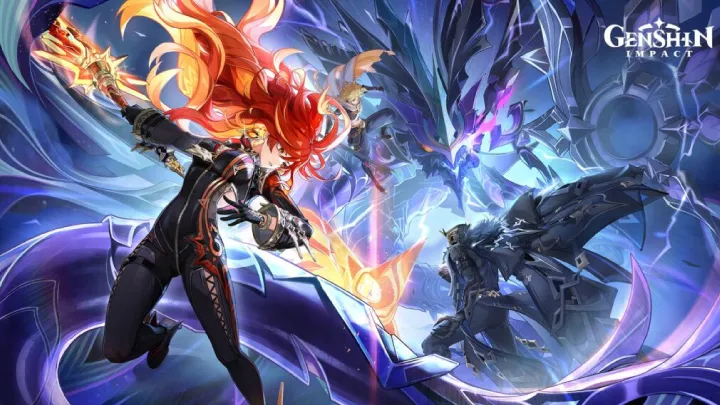
2. Early Player Reactions
The community’s early response to Resin was largely negative. Many compared it to the stamina systems used in mobile games, where restrictions push players toward spending money.
Players voiced concerns that the cap was too low and recovery too slow. With Resin regenerating at a rate of one every eight minutes, the daily cap allowed for only about three to four high-level activities per day. For a game celebrated for its open world, this felt highly restrictive.
3. The First Major Adjustment
In response to overwhelming feedback, miHoYo (now HoYoverse) adjusted the system. The Resin cap was increased from 120 to 160 in late 2020. This change allowed more flexibility and slightly eased the bottleneck.
However, the underlying issue remained: the number of activities requiring Resin kept growing. New domains, weekly bosses, and limited-time events all demanded Resin, leaving players constantly feeling starved for this resource.
4. Resin and the Farming Problem
The Resin system is most heavily felt when farming artifacts. Each 20 Resin run in artifact domains can yield poor results due to the random nature of the loot system.
RNG and Frustration
- Players often spend hundreds of Resin only to receive unusable stats.
- Unlike character ascension or talent books, artifacts have multiple random attributes, increasing the frustration of bad rolls.
Long-Term Consequences
For free-to-play players, the Resin bottleneck can make building even one character to full potential take weeks, sometimes months. This discourages experimentation with different characters and team compositions.
5. Event Design and Resin Usage
Over time, many events tied their rewards to Resin consumption. For example, event bosses often required Resin to claim rewards, putting further strain on players’ already limited resources.
HoYoverse later shifted event design away from this model. More recent events provide rewards without consuming Resin, showing that the developers acknowledged how restrictive the system felt.
6. Weekly Bosses and the Resin Dilemma
Weekly bosses are among the most Resin-hungry activities. At 60 Resin per claim, they take a huge chunk out of a player’s allowance.
Progression vs. Restriction
- Talent level-up materials are locked behind these bosses.
- Characters like Raiden Shogun or Zhongli require weeks of farming due to the Resin gate.
This creates a paradox: players unlock exciting new characters but cannot fully upgrade them quickly because Resin slows everything down.
7. The Pay-to-Play Aspect
HoYoverse provides players the option to refresh Resin using Primogems, the same currency used for wishing.
Key Issues
- Refreshes become increasingly costly the more times they are used in a day.
- Players must choose between summoning new characters or accelerating progress with Resin refreshes.
This design creates a strong pay-to-progress system, which many critics argue leans too heavily into monetization.
8. Resin vs. Exploration
One interesting contradiction is that Genshin Impact offers a massive open world full of secrets, yet most meaningful progression is locked behind Resin.
Players can explore endlessly, but exploration eventually leads to diminishing returns since valuable long-term rewards (artifacts, ascension mats) remain tied to Resin. This creates an imbalance between freedom and restriction.
9. Possible Improvements to the Resin System
The community has proposed countless improvements. Some of the most popular include:
Suggestions from Players
- Further increasing the Resin cap (from 160 to 200 or more).
- Allowing players to save more condensed Resin for flexible farming.
- Reducing the Resin cost of weekly bosses.
- Introducing more non-Resin pathways to earn essential materials.
Potential Benefits
These changes would:
- Encourage experimentation with more characters.
- Reduce frustration caused by RNG-heavy farming.
- Align the system more with Genshin Impact’s promise of freedom.
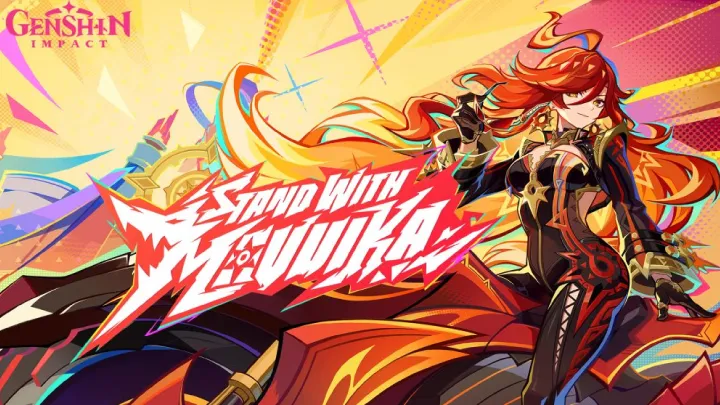
10. Why Resin Still Exists
Despite criticisms, the Resin system serves a purpose. It prevents players from exhausting all content too quickly. It also provides pacing, ensuring long-term engagement with the game.
From the developer’s perspective, this maintains a healthy cycle of player retention. Without Resin, players could farm endlessly and burn out, leaving little incentive to return daily.
Conclusion
The Resin system in Genshin Impact remains one of its most polarizing mechanics. While it serves the purpose of pacing progression, it also frustrates players who feel their freedom is restricted. Adjustments have been made, but the core issue persists: the balance between restriction and enjoyment.
If HoYoverse continues refining this system, Genshin Impact could strike a healthier balance that rewards both long-term engagement and player satisfaction.












